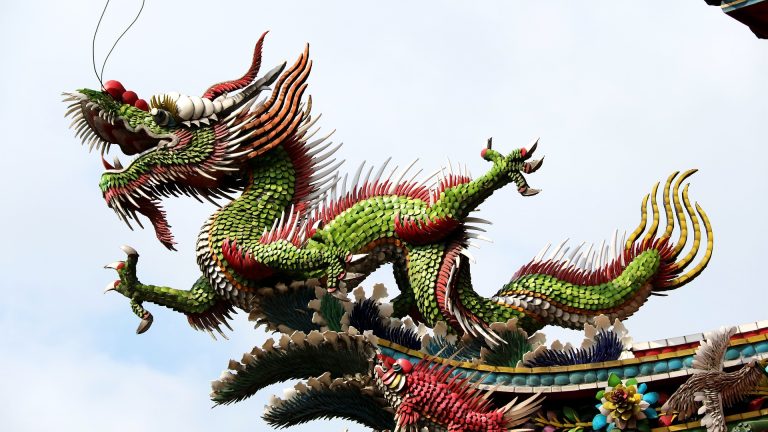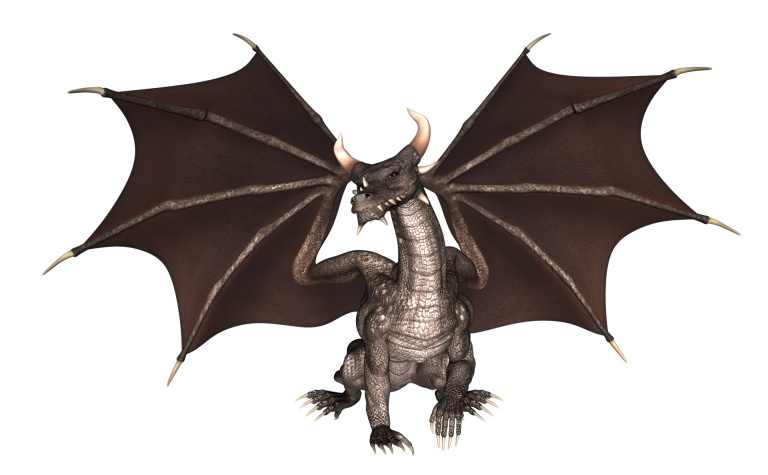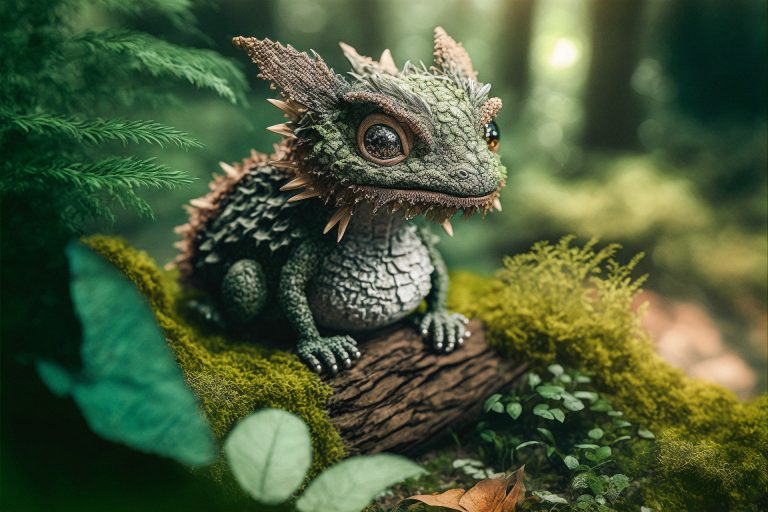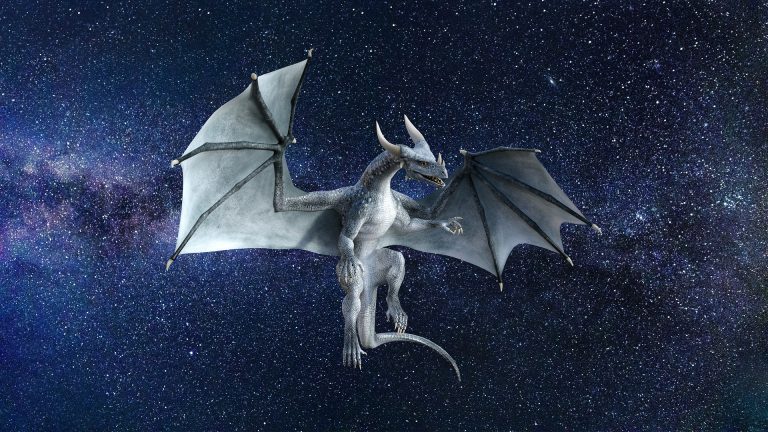Dragonology: Unraveling the Mythical and Cultural Significance of Dragons
Introduction
Dragonology, the study of dragons, spans myth, legend, folklore, and cultural symbolism across civilizations throughout history. Dragons, often portrayed as majestic, fearsome creatures with supernatural powers, have captivated human imagination for millennia. From ancient myths to modern literature and media, dragonology explores the multifaceted roles of dragons as symbols of power, wisdom, guardianship, and primal forces in the collective consciousness of societies worldwide. This article delves into the rich tapestry of dragonology, examining its historical origins, cultural manifestations, scientific interpretations, and enduring fascination in popular culture.

Historical Origins and Evolution
Dragons appear in the mythologies of diverse cultures across continents, each imbuing these creatures with unique attributes and symbolic meanings. In ancient Mesopotamia, the Babylonian dragon Tiamat symbolized primordial chaos and the embodiment of the ocean’s depths. Chinese mythology venerates dragons as benevolent deities associated with water, rain, and imperial authority, while European folklore depicts dragons as monstrous beasts guarding hoards of treasure and terrorizing villages.
During the Middle Ages, dragons became ubiquitous in European folklore, epitomizing evil adversaries slain by valiant knights in heroic tales. The Christianization of Europe assimilated dragons into religious narratives, where they represented malevolent forces to be vanquished by saintly figures. In contrast, Eastern cultures revered dragons as auspicious beings endowed with celestial powers, wisdom, and auspicious symbolism.
Cultural Manifestations and Symbolism
Dragons permeate global cultures as enduring symbols of power, protection, and transcendence. In Chinese culture, the dragon (龙, lóng) embodies yang energy, prosperity, and imperial authority, prominently featured in art, architecture, and traditional festivities like Chinese New Year celebrations. Japanese folklore portrays dragons (龍, ryū) as serpentine guardians of sacred sites and revered spirits associated with natural elements and divine protection.
In Western literature and mythology, dragons epitomize formidable adversaries confronted by legendary heroes, such as Beowulf and Saint George. Dragons’ symbolic significance ranges from guardian spirits and celestial messengers to embodiments of greed and chaos, reflecting human fears and aspirations throughout history.

Scientific Perspectives and Interpretations
From a scientific standpoint, dragonology intersects with paleontology, zoology, and evolutionary biology in exploring the biological plausibility of dragons. Paleontological discoveries of prehistoric reptilian megafauna, such as dinosaurs and pterosaurs, provide tangible links to ancient myths and inspire speculative interpretations of dragon-like creatures in Earth’s distant past.
Zoological inquiries into mythological beasts and cryptozoological creatures investigate purported sightings and cultural narratives surrounding dragons. Scientific skepticism challenges the existence of dragons as mythological constructs divorced from empirical evidence, yet dragonology continues to inspire interdisciplinary inquiries into cultural anthropology, psychology, and the evolution of human beliefs.
Literary and Artistic Representations
Dragonology’s influence extends into literature, art, and popular culture, where dragons inhabit fantastical realms of imagination and inspire creativity. Medieval manuscripts and illuminated texts depict dragons as formidable adversaries and allegorical symbols in moral tales and epic poetry. Renaissance art celebrates dragons in decorative motifs, heraldic symbols, and allegorical paintings that embody the clash between good and evil.
In modern literature, dragons feature prominently in fantasy novels, such as J.R.R. Tolkien’s “The Hobbit” and George R.R. Martin’s “A Song of Ice and Fire” series, where they embody complexity as sentient beings with distinct personalities, motivations, and cultural significance. Contemporary fantasy art and digital media showcase dragons in diverse forms, from traditional serpentine forms to innovative interpretations influenced by global mythologies and speculative fiction.

Psychological and Cultural Insights
Psychological perspectives on dragonology explore the archetypal significance of dragons as symbols of transformation, resilience, and the integration of opposing forces within the human psyche. Carl Jung’s concept of the “dragon-slayer” archetype represents the heroic journey of self-discovery and individuation through confronting inner fears and external challenges embodied by mythical dragons.
Cultural anthropology examines dragon mythology as a reflection of societal values, aspirations, and existential fears rooted in human experiences of natural phenomena, environmental threats, and existential uncertainty. Ritualistic practices, such as dragon dances and ceremonial dragon boat races, commemorate ancestral traditions and invoke symbolic meanings of prosperity, fertility, and communal harmony.
Dragons in Contemporary Culture
In contemporary culture, dragons continue to captivate audiences through films, television series, video games, and merchandise that celebrate their mythical allure and narrative versatility. Iconic franchises, including “Game of Thrones,” “How to Train Your Dragon,” and “The Elder Scrolls,” reimagine dragons as complex characters with moral dilemmas, cultural identities, and interpersonal relationships that resonate with diverse audiences worldwide.
Digital media and virtual reality technologies expand dragonology’s reach, offering immersive experiences that blend storytelling, visual arts, and interactive gameplay in virtual worlds inhabited by dragons. Fan communities and cosplay events celebrate dragonology through creative expression, fan fiction, and collaborative projects that reinterpret dragons’ cultural significance and narrative roles in contemporary storytelling.

Challenges and Debates
Despite dragonology’s enduring popularity and cultural significance, debates persist over the origins, classifications, and interpretations of dragons across global mythologies and speculative fiction. Skeptics question the existence of dragons as mythical constructs devoid of empirical evidence, challenging dragonologists to navigate between scientific inquiry and cultural interpretations rooted in human imagination and collective memory.
Interdisciplinary collaborations between scholars, artists, and cultural historians enrich dragonology’s discourse by integrating diverse perspectives, methodologies, and comparative analyses across global mythologies and literary traditions. Ethical considerations surrounding cultural appropriation and respectful engagement with indigenous dragon lore emphasize the importance of cultural sensitivity and community consultation in dragonology research and creative endeavors.
Conclusion
In conclusion, dragonology transcends academic disciplines to illuminate the enduring fascination and cultural significance of dragons in global mythologies, literature, and popular culture. From ancient legends to contemporary narratives, dragons embody humanity’s collective imagination, symbolizing power, wisdom, and existential challenges through their mythical attributes and narrative roles.
As dragonology continues to evolve with advances in scholarship, artistic expression, and digital media, it inspires new generations to explore the boundaries of creativity, speculative inquiry, and cultural heritage. By celebrating dragons as symbolic archetypes, narrative catalysts, and ambassadors of cultural diversity, dragonology invites us to embrace the mysteries of mythical creatures and their enduring impact on human storytelling, identity, and the boundless realms of imagination.

